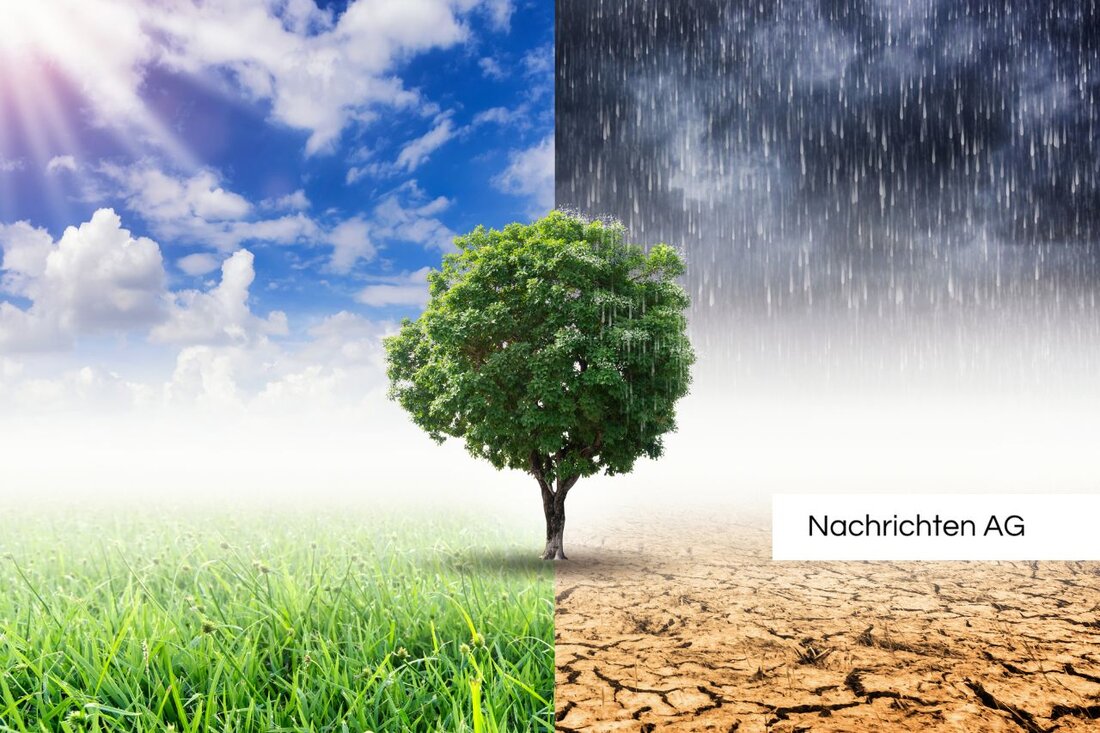Vienna's green turn: City relies on greening the heat problem!
Vienna's green turn: City relies on greening the heat problem!
Wien, Österreich - Vienna has a comprehensive post -greening offensive started. This initiative aims to trace the numerous sealed areas of the city and to replace with new green areas. The problem is obvious: every asphalt area stores heat and tightens the existing challenges of the urban habitat.
The responsibility of this heat problem is also seen in the local building and spatial planning law, which often promotes new buildings that are built on green meadows. This practice means that the soil is increasingly sealed, especially in the outskirts of Vienna, where single -family houses are widespread.
urban heat and biodiversity
city researchers like Robert Temel criticize the effects of this building policy and demand a rethink to reduce the sealing of soil. So far, soil protection has so far been neglected in urban development areas such as the Seestadt Aspern, one of the largest urban development projects in Europe. However, Vienna has ambitious plans: In the past five years, over 70,000 square meters of paved areas have been greened and more than 3,300 new trees planted.
In addition, the latest investments of around 100 million euros have symbolized the clear will of the city in distressing projects since 2021 to improve the quality of life of the residents. This also includes the creation of new seats and water features in the districts that not only serve to relax, but also promote biodiversity.
innovations for green cities
The city of greening projects are also closely related to technological innovations. Hermann Klug, a specialist at the University of Salzburg, uses satellite data for monitoring urban green areas. This data is used to document the status and progress of the renaturation projects. As part of the EU project "Sponge City", the concept of the "sponge city" is researched to integrate natural retention areas for rainwater in urban space.
The integration of such areas can not only reduce heat islands, but also the biodiversity and thus the adaptability of cities to climate change. Plants play a crucial role by not only absorbing pollutants, but also offering habitats for animals and improving air quality.
successful city greening for a better climate
In the discussion about the city greening, it becomes clear that an integrative approach is required. It is important to secure both planning and long -term care of green areas. Citizen participation plays an important role in creating acceptance for these measures. Innovative techniques such as drip irrigation and the use of rainwater are also crucial for the sustainable success of the greenery projects.
The positive effects of city greening are varied: it not only lowers the surface temperature, but also improves the quality of life of the city dwellers. International examples such as the Bosco Vertical in Milan or Hafencity Park in Hamburg serve as inspiration for Vienna's own projects. Overall, Vienna is at the forefront with its subsequent greening offensive to meet the urban heat and the challenges of climate change and to create a city worth living for everyone. Further information on the positive effects of city greening can be found at climate knowledge .
| Details | |
|---|---|
| Ort | Wien, Österreich |
| Quellen | |


Kommentare (0)